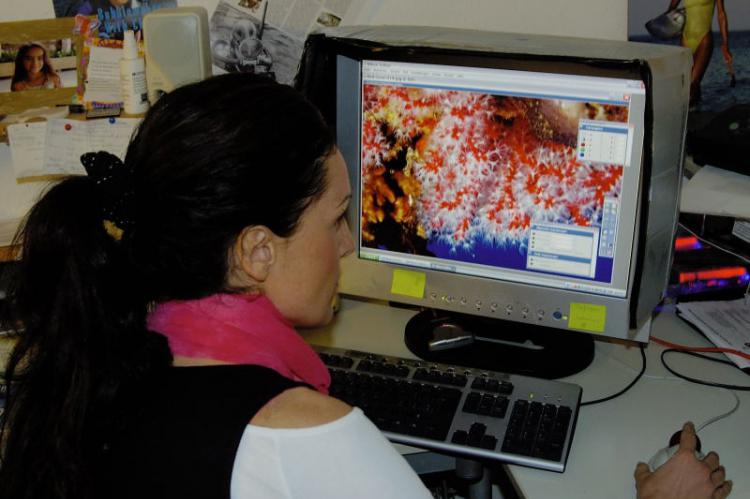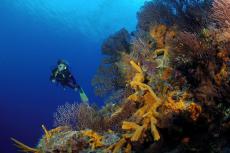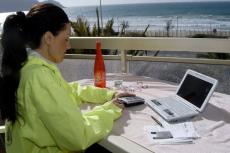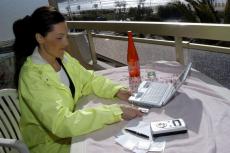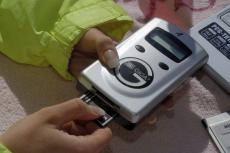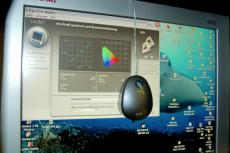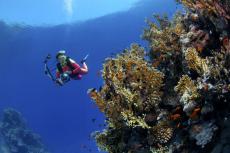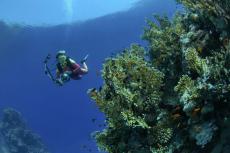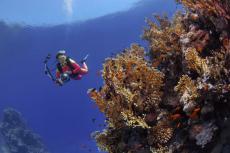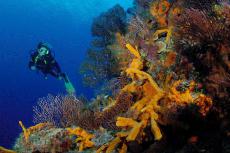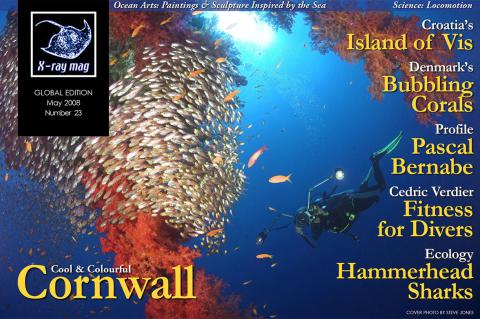The Perfect Workflow
Without a proper workflow when doing digital photographing, the quality of your images won’t improve. When all the elements of your photography come together, then you can get the best out of your work. I’ll explain how!
Tags & Taxonomy
Only when all the different processes of photography come together correctly, can you bring out the best from your images.
After you have captured the pictures, you need to store them securely—the sooner, the better. The underwater photographer seldom works in a practical studio environment, but usually under much more extreme conditions, such as dive boats and tent camps.
Therefore, it is of outmost importance that a proper workflow already kicks in here, even without a reliable energy source available—starting with your choice of memory card.
It doesn’t matter what format you are working in (JPEG, Tiff or RAW), or which resolution you are using. The storage device or memory card should be able to hold at least 200 images. This is sufficient for up to three dives per day. Thus, you can avoid opening your camera housing to change the memory card on a sandy beach or on a rolling boat deck. At the end of the day, you have ample time to transfer your images from the camera memory card over to your computer or other storage devices.
Data storage
The next stage in the workflow is the storage of data. We have many options to store our images.
Laptops, CD burners or portable harddrives, or so-called portable storage devices. The best choice would be a portable storage device, either powered by a charger or by batteries.
If you have a portable storage device that can hold 80 Gigabytes, you can store images from one week of diving without any problem. Some portable storage device
models, like the Coolwalker MSV-01 from Nikon (about 360 Euro for 30 GB) or the Epson P 2000 (about 430 Euro for 40 GB) also have displays, which allow you to see the images and to process them.
Additionally, you should carry back-up memory cards. You can keep all the originals and change to fresh cards whenever one is full, or you could go for the more expensive option, a laptop. With a computer you can also view your images and start editing them. With a CD burner at hand, you can also give away some nice memories to your diving buddies.
Digital workflow
The digital workflow is actually nothing else than keeping your images safe and to retain the colour fidelity—even if you have to transfer the images from one device to another, or from one kind of software to another. Only when the colorspace corresponds, will your images appear in with the natural colours.
Download the full article ⬇︎
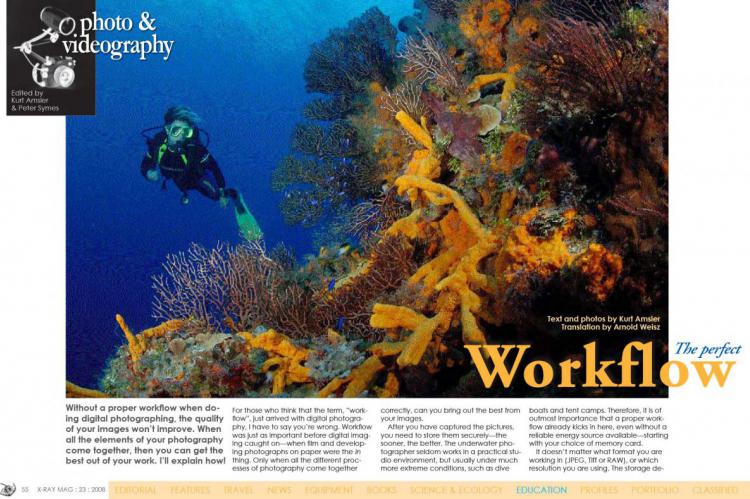
Originally published
X-Ray Mag #23
In X-RAY MAG issue #23, Mark Webster takes on a tour through the fascinating underwater world off Cornwall, England. We talk with Pascal Bernabé for insights into his achievements in deep diving. Science editor, Michael Symes, investigates locomotion of sea creatures, and we look at Hammerhead sharks and their unique head shape. Harald Apelt brings us to another pearl in the Mediterranean -- beautiful, historic Croatia. Kurt Amsler discusses proper workflow in digital photography. Rebreather pro, Cedric Verdier, gets us up to speed on physical fitness for divers and DIR for rebreather divers. Girldiver Cindy Ross discusses sunscreen and gives us the skinny on sunrays and skin cancer. We meet the Bubbling Reefs of Denmark, and a diverse portfolio of ocean art from artists around the world tops it all off. Plus the news -- on marine ecology, discoveries, ship wrecks, conservation, equipment, travel, divers, record breakers, books and films, turtles, sharks, whales, jellyfish and more...


